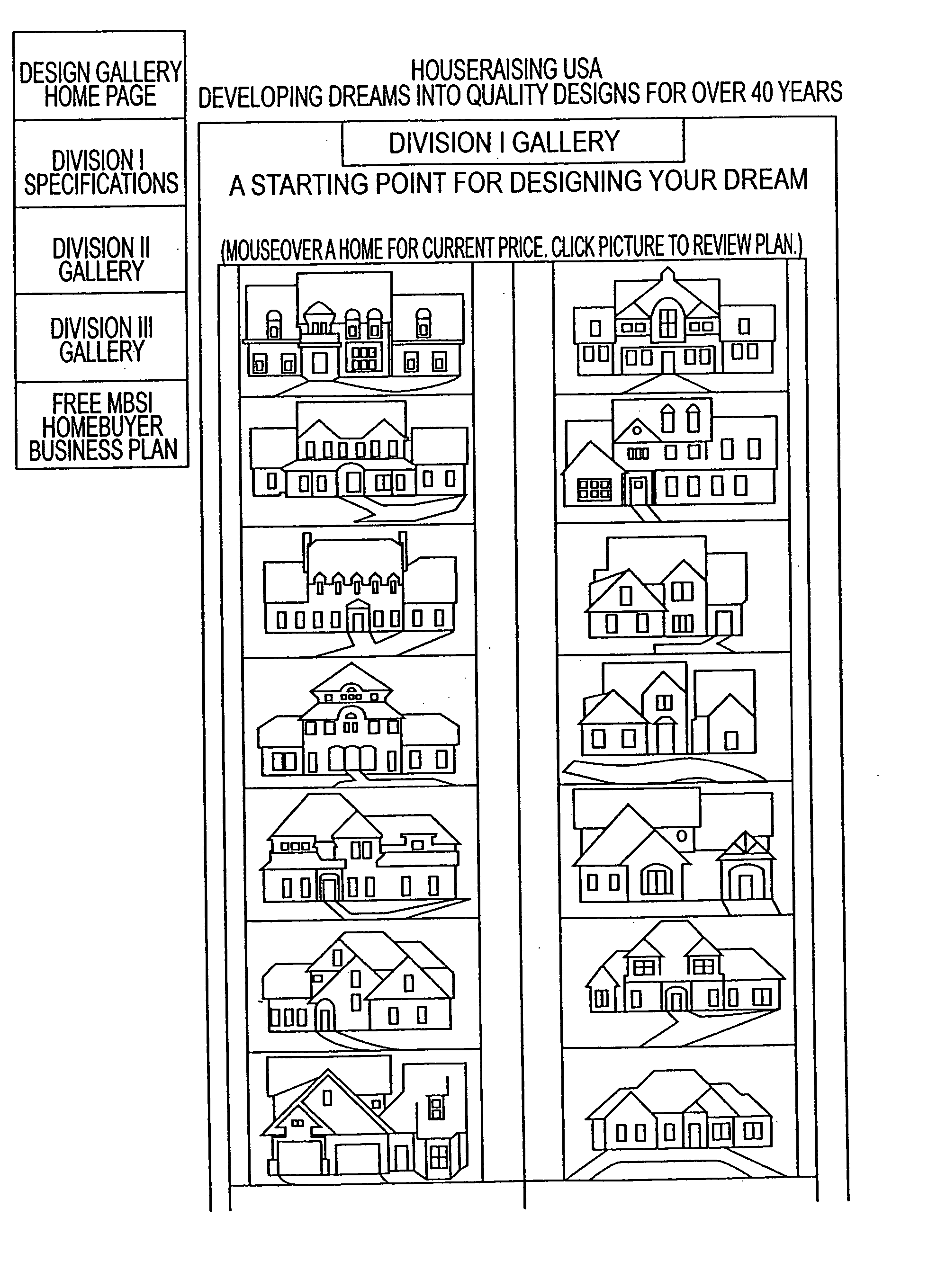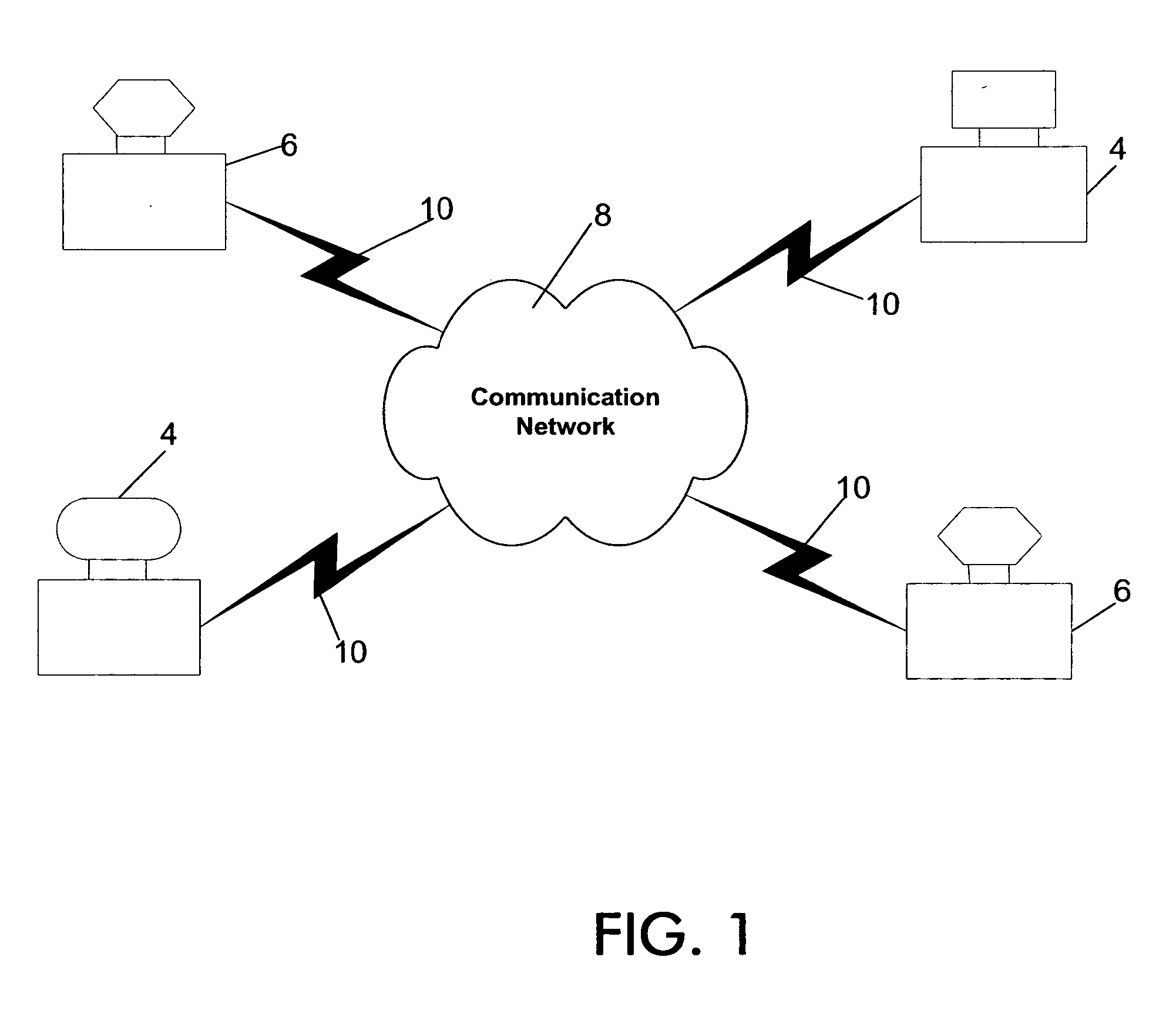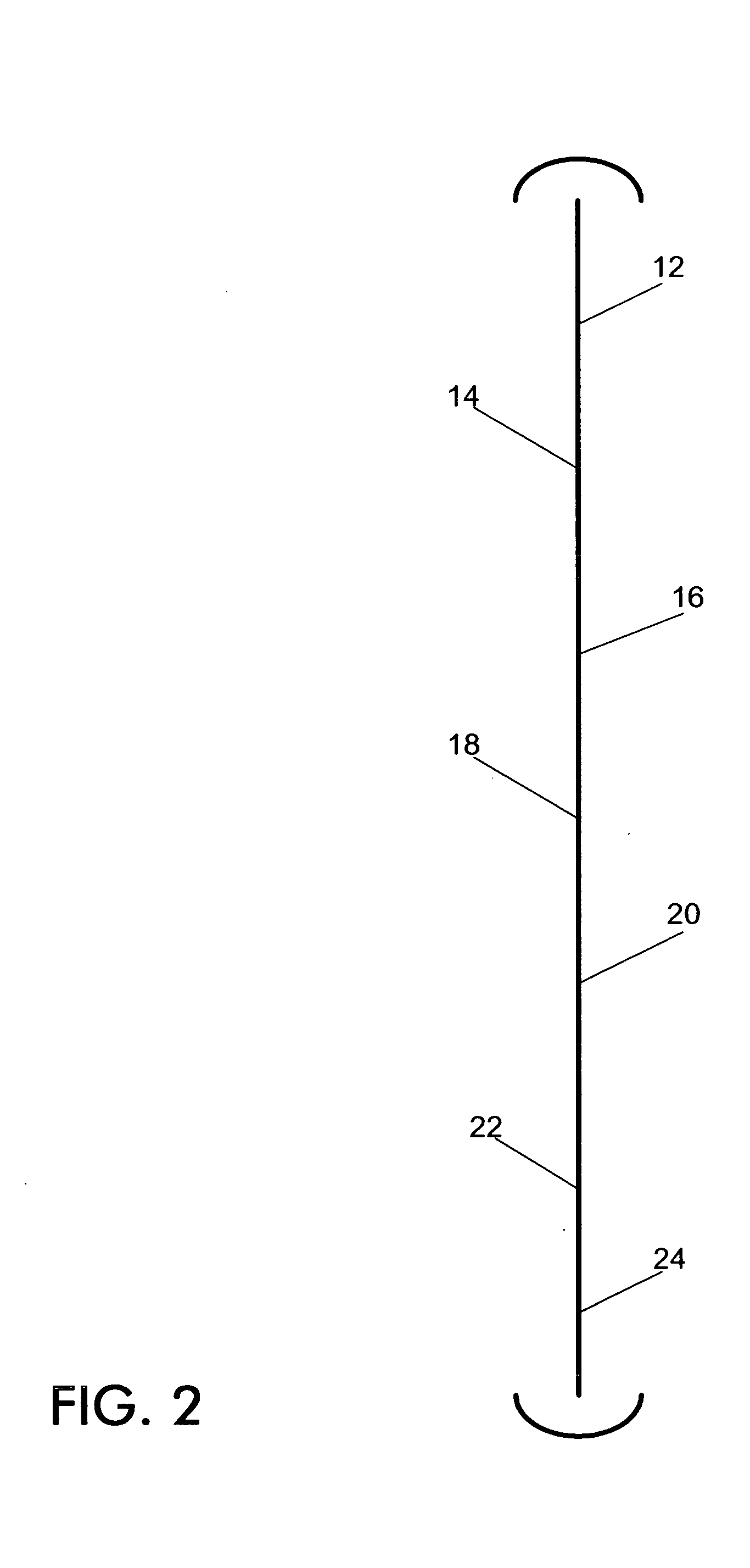Complexities associated with negotiating and managing custom home designs and building projects are numerous, in large part due to many different professionals who are needed to design and construct the custom home.
Unfortunately, improper management, miscommunication and misunderstanding frequently results in conflict that drives up costs and
frustration for many of the associated parties.
The inability to predict and control processes associated with custom homebuilding forces large and small builders alike to lose money on custom home projects.
The inability for the custom homebuilder to manage or predict results in custom homebuilding is why that segment of the homebuilding industry experiences one of the highest failure rates of all industries in the United States.
One frequent complaint made by custom homebuyers is related to mismanagement of time.
If the plumber doesn't meet the week #8 schedule, the sheet rock installer is delayed and may not be available again for weeks after week #9.
Such
time delays frequently occur when a builder loses control of subcontractors and is unsuccessful in holding them to strict schedules.
Moreover, large homebuilders typically have access to a large labor force of subcontractors enabling large builders to shop around for lower rates, force subcontractors to compete, thereby driving down the cost of labor and materials.
Even in the case of a large builder, dealing with custom features detailed in unique plans works against pricing advantages by the large builders.
For large custom homebuilders particularly, absenteeism of the parties that negotiated the deal with the owners-leaving the oversight of the project to a party that was not initially involved, results in mistakes made by subcontractors.
For example, locations of electrical outlets and water faucets, incorrect window locations, location and details of cabinets and fixtures, incorrect paint shades and improper lot grading are mistakes typically complained of by buyers of custom homes.
Unfortunately, while their creative and personal skills may provide more attention to details and may be somewhat superior to that of superintendents employed by the large custom homebuilders, small custom homebuilders typically do not have control over the projects.
If the builder is not in control, problems develop and costs increase, making the small homebuilders more vulnerable to financial failures.
Moreover and due to their size, small builders do not have access to volume discounts on many supplies that materials suppliers give to large builders, making the business of providing value more difficult.
The process becomes a function of limiting specifications and choices.
For example, a homebuyer may be able to afford a home that is 3,500 square feet, but can only afford a vinyl exterior rather than, for example, stone or
brick.
After construction of a custom home begins, issues often arise which frequently prevent the builder from completing the project within the estimated budget.
For example, architectural plans do not conform to
standard material sizes, resulting in material waste and excessive costs.
Moreover, unexpected increases of the cost of materials, supplies, and other ancillary expenses during the course of a project results in the inability of the builder to keep the project within the estimated budget.
A frequent conflict occurring in the prior art between homebuilders and homebuyers regards management of capital.
In either case, conflict arises because services are either not performed or capital is not provided for services that have been performed.
Another common conflict occurring in the prior regards one or more tasks that require completion, even though the new construction may be suitable for occupancy or the homebuyer has taken physical possession.
For example, fixtures may require adjustments, room colors may be incorrectly painted, incorrect trim may be applied or other mistakes or problems that are not resolved during construction remain outstanding.
It is not uncommon for homebuyers to withhold funds from builders because of lingering issues with respect to completion of the new home.
Frequently, the buyer uses funds unfairly as leverage against builders to force completion of various tasks that may not, typically, be required, such as touch-up items.
Moreover, the amount of money that the buyer withholds as leverage may far exceed the value of services and materials that are required for completion.
The buyer may believe that such leverage will force the homebuilder to complete the tasks.
Unfortunately, builders are unable to pay the final bills due on a home project, thus liens appear which add financial problems for homebuyers and builders.
Frequently builders and buyers will end relations on a sour note, with the builder refusing to complete certain tasks, and buyers not enjoying the final completion of their custom home.
In the prior art, custom homebuyers desiring to design and build custom homes are faced with multitudes of challenges.
Those challenges range from the necessity of working with architects on design and specification selections, to selecting the right builder to act as the general contractor on the project.
Often, due to building costs that are unknown while the plans are developed, and, further, due to plan modifications dictated by site requirements, design changes must be made in the plans and specifications before homebuyers and builder can settle on a firm price.
These vendors usually make adjustments to the prices in the months when fees are charged to builders, and are seldom willing to quote fixed prices months in advance.
Because the vendor is outside of the contract, it is unlikely the small homebuilder can obtain price protection on these projects, thus, the cost of the project often increases, resulting in financial disasters for the builders.
Moreover, history shows that when the small builder experiences financial trouble during a project, one way or another, the homebuyers share in that financial loss.
As evidenced by both homebuyers and homebuilders alike who speak out about being unhappy with the results of prior art custom home design and build processes, the fixed price process is flawed.
The prior art process is flawed because the responsible party in the project (i.e., the small builder) cannot reasonably predict the outcome of the projects that have been contracted with homebuyers.
The inability to predict costs for these projects forces a high percentage of the projects into conflict.
When the prior art process fails, the results are liens, lawsuits and financial nightmares for homebuyers and builders alike.
Homebuyers, hoping to reduce the price of the custom home design and build project, take added financial risks by entering into “costs-plus” contracts.
The homebuyer that enters into a “cost-plus” contract faces most of the same challenges as described above, and faces the
disadvantage of “cost-plus” builders having little to no incentive to invest time and energy to keep costs down.
These “cost-plus” contracts usually result in the homebuyer paying a higher price for the custom home than expected, and further results in financial problems for the homebuyer.
Though it is believed some of
software applications result in savings for some, overwhelmingly, these “build your own home” programs fail to meet the needs of most homebuyers.
Thus, the fallacy that homebuyers experience in choosing build it yourself
software programs stems from unpredictable costs described above.
Further, in such build your own home scenarios, vendors realize that the project is a one time effort, and thus have little to no incentive to be competitive, both in price and scheduling.
Further and in the prior art, state-approved and state-administered tests and financial requirements for becoming a licensed homebuilder typically fail to prepare individuals to operate successful homebuilding businesses.
Though state administered tests may cover basic design and estimating skills sufficient to direct the bidding custom homes process, the testing and code techniques fall far short of preparing the builder to manage pre-sold homebuilding projects.
The
building code and other homebuilding manuals available may help prepare individuals for bidding on a home to be constructed, but they do not adequately address the economics of operating a business based on pricing a product six to eight months before its can be created.
The
building code may explain how the state can use existing homebuilding laws to
restrict a builder's day-to-day activities, but it falls short of exposing the individual to operating a business in an uncontrolled environment.
Issuing homebuilding licenses to unqualified individuals is a flaw in the design / build industry.
As a result, homebuilder failure rates are extremely high when compared to other businesses.
In the prior art, custom homebuyers seeking to fulfill a dream of owning a custom designed home enter into contracts with false expectations.
From being required to invest in plans without knowing the cost of building the home, to selecting the right builder, custom homebuyers are not adequately prepared to undertake the process of designing and building their own home.
Since, in the prior art, relationships are not forged between substantially all of the parties associated with a custom homebuilding project, conflict is frequently caused by lack of control by any party and results in unforeseen costs Thus, the process continues in a stare of inability for the builder to accurately project the outcome or costs of a custom home.
In large part, this is due to the fact that no single party has control over the entire new homebuilding project.
These automated solutions, however, do not offer an integrated, on-line
package that is used by all of the parties to new home construction.
The custom homebuilding industry has failed to meet the needs of the principals, i.e., homebuyers, homebuilders and vendors.
 Login to View More
Login to View More  Login to View More
Login to View More 


